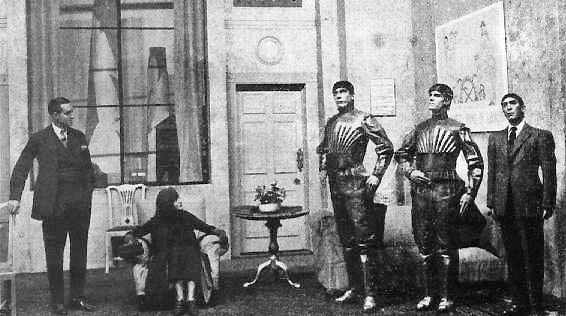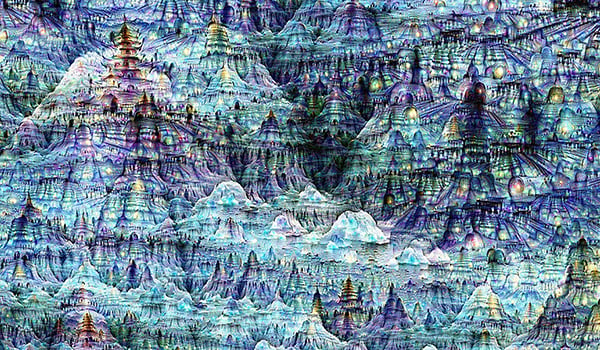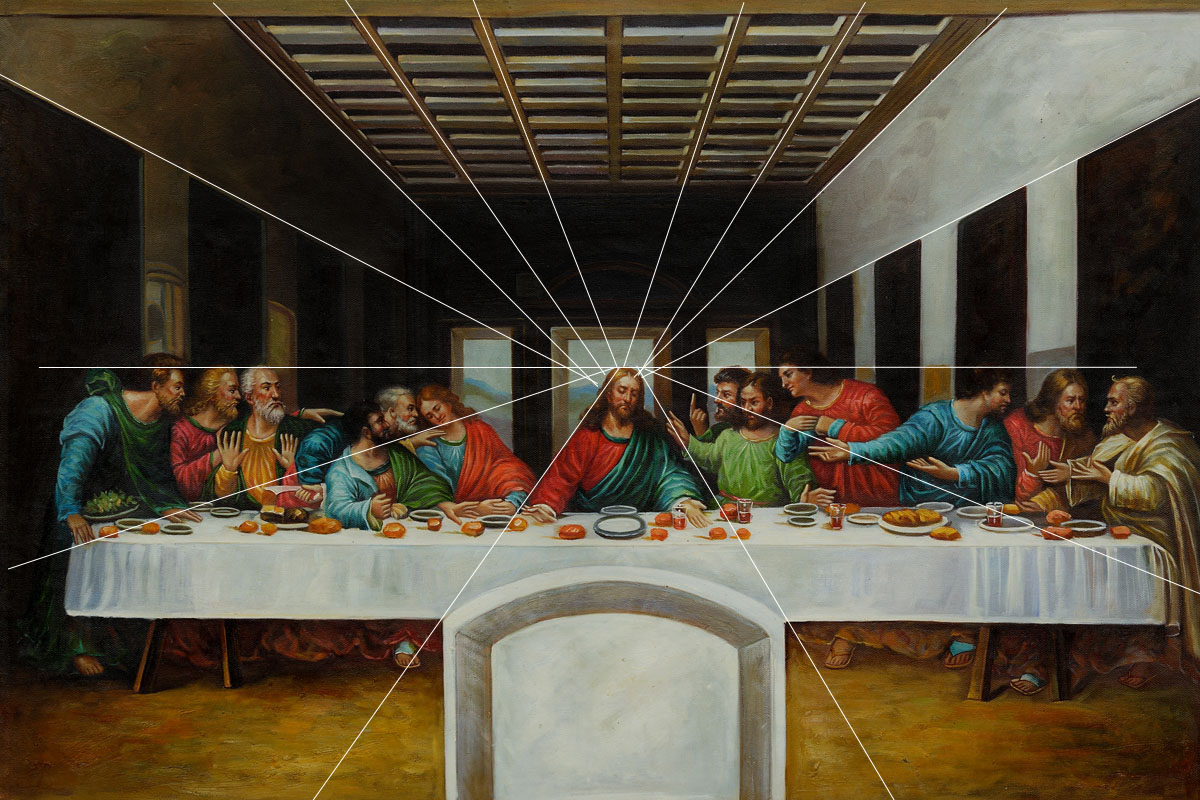This week’s topic was rather fascinating and disturbing at the same time for me. Professor Vesna talked about how medical technology influenced arts and how arts helped to advance technology. Anatomy helped artists understand more about human bodies and thus convey their ideas more precisely. Professor Vesna also brought up some ideas that I have never thought of before, that technologies like anatomy and plastic surgeries can themselves be forms of art.
Plastination is a technique invented by Dr. Gunther von Hagens which preserves human bodies or human parts by removing fat and water. He then used the technique to carry out the Body World expeditions which showed preserved bodies which might be repositioned for art purposes. I find it particularly fascinating because the exhibitions provide us with ways we’ve never had before to look at human bodies and appreciate their elegance and complexity. Exhibits like smoker’s lungs also discourage people from smoking and drive people to lead a healthy life.
However, I think there are times when this form of arts went to far. The Visible Human Project intended to complete a full digital library representing the anatomy of a normal adult male and female. The male donor was an executed prisoner who agreed to be part of the project because he was told his body would be used for scientific reasons. However, the committee did not disclose any more details about how his body would be used to him. If the prisoner had known the nature of the project, would he still agree to donate his body?
| A poster for the Visible Human Project |
The advancement of medical technologies would definitely provides artists with more creative ideas. Hopefully we can thus get more insightful ideas about our own bodies.
Sources
Gromala, Diane. “The Body is Obsolete” Contemporary Arts Media. N.p., 26 Oct 2012.
Orac, Tricia. “A surgeon visits Body Worlds” Science Blogs. N.p., Web. 26 April. 2010.
Stelarc, Steph. “The Visible Human, Prisoner?” Street Anatomy. N.p., Web. 26 Oct. 2008.
Vesna, Victoria. “Medicine and Art: Part 2.” YouTube. YouTube, n.d. Web. 25 Dec. 2012.
Wong, Virgil. “Art Exhibited in Galleries and Museums around the World.” Art. N.p., 2012. Web. 26 Oct. 2012.











